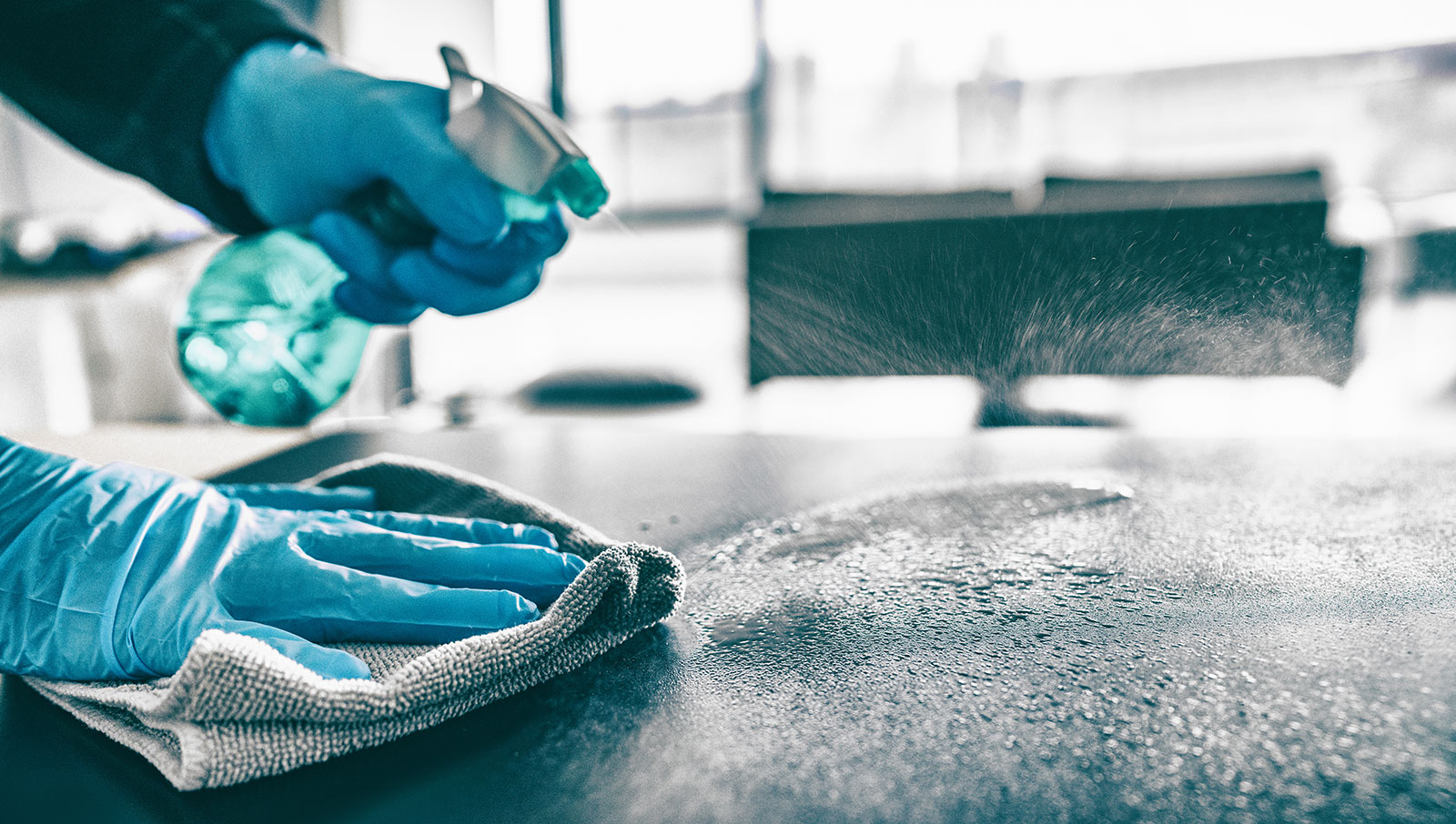Last month we gave a quick overview of the origins and vectors of COVID-19, and warned that reopening would likely cause a “second wave” of summertime illness.
Epidemiologists are now saying that’s happening—and it’s trending highest in areas where reopening rules are the most relaxed.
Young people are the fastest growing affected segment. Maybe because of spring break, the recent crowds of protestors or simply “spring fever,” but a lot of young people have been exposed to the virus, and are either getting sick or spreading the illness. A new CDC report confirms that COVID-19 does not discriminate by age. Half of all new hospitalized patients were under 65, and 20 percent were between 20 and 44 years old.
Increased travel and population movements during the warm summer months are creating significant new ways the virus can move around the country. The rise in cases and affected regions will certainly tax hospitals, ventilator supplies, and other critical systems.
There have been some fascinating developments, including a link to male pattern baldness that suggests a possible treatment pathway, and a promising vaccine candidate that has been shown to protect hamsters which is rapidly moving towards human trials.
But until those promising areas of research pay off, we must stay safe. Healthcare workers, vulnerable populations and their families must continue to protect themselves and those they care for.
OK, what do I have to watch out for?
- Close proximity is the highest risk. The CDC’s latest guidance is that transmission mainly occurs by droplet spread. Masks and physical distancing are especially high priority for those caring for or living with vulnerable people.
- MY mask protects YOU; YOUR mask protects ME. Wear them! Even simple dust masks help prevent the spread of droplets from the mouth caused by coughing, sneezing, and speaking.
And the mask may help reduce unconscious face touching. Touching your mask is preferable to touching your mouth, nose and eyes. To increase your protection, wash your face often, as well as your hands. - Help counter the mask protesters. Masks are a proven infection preventer. One researcher’s model shows that widespread mask use could dramatically reduce the spread of COVID-19. Even if you are the only mask wearer in the group, you’re setting a good example for others to consider. Don’t give in to peer pressure—BE the peer pressure!
- Surfaces are still a priority. Objects, handles and surfaces are the next most common source of the virus. Sanitize ALL surfaces you touch, and wash or sanitize your hands after every shopping cart, door, gas station pump handle, etc. The virus may travel on the soles of shoes, so mop the floor often near the door and wash your hands after touching them.

- Need to sanitize? Drop into a store. Ask to use the sanitizer they put there for customers (and thank them for their contribution to the public health as you leave!).
- Don’t just distance—separate. Two meters (six feet) is just the minimum recommendation. As a healthcare worker or if you have vulnerable family members, you should make protecting yourself a priority. Try to stay out of other people’s “airstream.” Whichever way the air is moving, stand upwind of everyone else as much as possible.
- Take extra precautions when eating, in the workspace or in public. Breakrooms can be a source of infection—you can’t wear a mask while eating. Sit apart, and don’t linger.
- Glasses—safety and regular—have been shown to protect eyes from exposure to virus contamination. If you have them, wear them. If dry eyes or allergic eyes are a problem, use artificial tears or antihistamine eyedrops. Wash your hands after handling your glasses—they may be contaminated with cough droplets.
- Are you “re-COVID?” If you had a case of coronavirus and recovered, congratulations—so far, the evidence suggests you are at least temporarily immune to reinfection.

